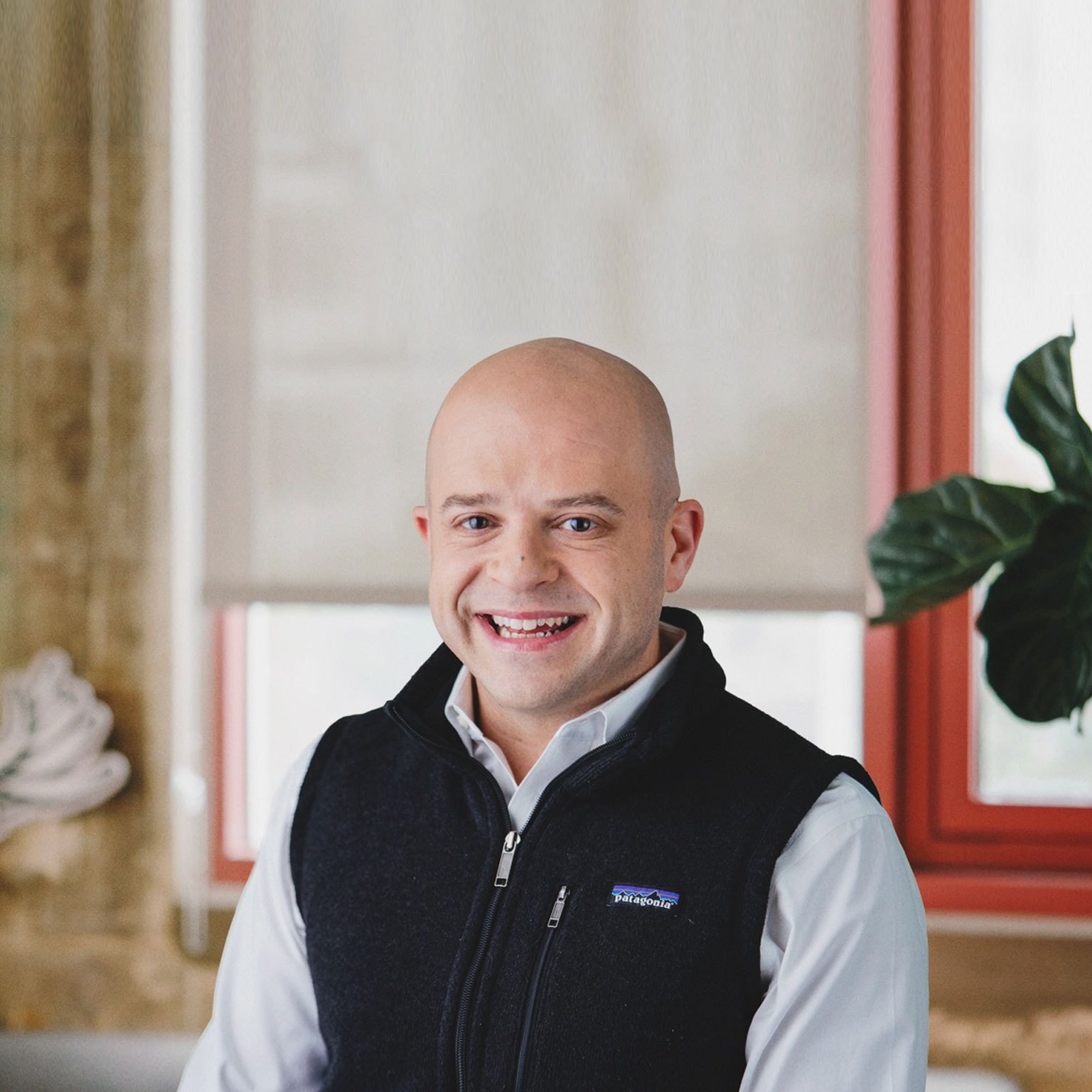This month we check out Jeff Lawson’s new book about API’s. Jeff was a founder and the first CTO at Stubhub, an early hire at AWS, and started Twilio in 2008. He has a very interesting perspective on the software ecosystem as it stands today and what it looks like in the future!
Tech Themes
Start with the Problem, Not the Solution. Lawson repeats a mantra throughout the book related to developers: "Start with the problem, not the solution." This is something that Jeff learned as an early hire at AWS in 2004. Before AWS, Lawson had founded and sold a note-taking service to an internet flame out, co-founded Stubhub as its first CTO, and worked at an extreme sports retailer. His experience across four startups has guided him to a maniacal focus on the customer, and he wants that focus to extend to developers. If you tell developers the exact specification for something and give no context, they will fail to deliver great code. Beginning with the problem and the customer's specific description allows developers to use their creativity to solve the issue at hand. The key is to tell developers the business problem and how the issue works, let them talk to the customer, and help them understand it. That way, developers can use their imaginative, creative problem-solving abilities.
Experiment to Innovate. Experimentation is at the root of invention, which drives business performance over the long term. Jeff calls on the story of the Wright Brothers to illustrate this point. The Wright Brothers were not the first to try to build a flying vehicle. When they achieved flight, they beat out a much better-funded competitor by simply doing something the other person wouldn't do – crash. The Wright brothers would make incremental changes to their flying machine, see what worked, fly it, crash it, and update the design again. The other competitor, Samuel Pierpont Langley, spent heavily on his "aerodome" machine (~$2m in today's dollars) and tried to build the exact specs of a flying machine but didn't run these quick and fast (and somewhat calamitous) experiments. This process of continual experimentation and innovation is the hallmark of a great product organization. Lawson loves the lean startup and its idea of innovation accounting. In innovation accounting, teams document exact experiments, set expectations, hypotheses, target goals, and then detail what happens in the experiment. Think of this as a lab notebook for product experimentation. When doing these experiments, they must have a business focus rather than just a technical ramification. Jeff always asks: "What will this help our customers do?" when evaluating experimentation and innovation. Agile - features, deadlines, quality, certainty - choose 3.
Big Ideas Start Small. In 1986, famous computer scientist Fred Brooks, published a paper called No Silver Bullet, detailing how to manage software teams. Brooks contends that adding more developers and spending more money seldom gets a project to completion faster – normally, it does the opposite. Why is this? New people on the team need time to ramp up and get familiar with the code-base, so they are low productivity at the start. Additionally, developers on the project take a lot of time explaining the code base to new developers joining late. Lawson uses the example of GE Digital to show the issues of overinvesting when starting. Jeff Immelt started as CEO of GE in 2001, and later proclaimed in 2014 that GE would launch a new software/IoT division that would be a meaningful part of their future business. GE invested tons of money into the venture and put experienced leaders on the project; however, it generated minimal profit years later. Despite acquisitions like ServiceMax (later divested), the company spent hundreds of millions with hardly any return. Lawson believes the correct approach would be to invest in 100 small product teams with $1m each, and then as those ideas grow, add more $. This idea of planting seeds and seeing which ones flower and then investing more is the right way to do it, if you can. Start small and slowly gather steam until it makes sense to step on the gas.
Business Themes
Software Infrastructure is Cheap. Software infrastructure has improved dramatically over the last fifteen years. In 2007, if you wanted to start a business, you had to buy servers, configure them, and manage your databases, networking equipment, security, compliance, and privacy. Today that is all handled by the cloud hyperscalers. Furthermore, new infrastructure providers sprouted as the cloud grew that could offer even better, specialized performance. On top of core cloud services like storage and compute, new companies like Datadog, Snowflake, Redis, Github, all make it easy to startup infrastructure for your software business. On top of that, creative tools are just as good. Lawson calls to mind the story of Lil Nas X, the now-famous rapper, who bought a beat online for $30, remixed it and launched it. That beat became "Old Town Road," which went 15x platinum and is now rated 490th on the list of best songs of all time. The startup costs for a new musician, software company, or consumer brand are very low because the infrastructure is so good.
Organization Setup. Amazon has heavily influenced Lawson and Twilio, including Bezos's idea of two-pizza teams. The origin story of two pizza teams comes from a time at Amazon when teams were getting bigger and bigger, and people were becoming more removed from the customer. Slowly, many people throughout the company had almost no insight into the customer and their issues. Jeff introduced cutting his organization into two-pizza teams, i.e. two pizzas could reasonably feed the team. Lawson has adopted this in spades, with Twilio housing over 150 two-pizza teams. Every team has a core customer, whether internal or external. If you are on the platform infrastructure team, your customer may be internal developers who leverage the infrastructure team's development pipelines. If you are on the Voice team, your customer may be actual end customers building applications with Twilio's API-based voice solution. When these teams get large (beyond two pizzas), there is a somewhat natural process of mitosis, where the team splits into two. To do this, the teams detangle their respective codebases and modularize their service so other teams within the company can access it. They then set up collaboration contacts with their closely related teams; internally, everyone monitors how much they use each other microservice across the company. This monitoring allows companies to see where they may need to deploy more resources or create a new division.
Hospitality. Many companies claim to be customer-focused, but few are. Amazon always leaves an empty chair in conference rooms to symbolize the customer in every meeting. Jeff Lawson and Twilio extended this idea – he asked customers for their shoes (the old adage: "walk a mile in someone's shoes") and then hung them throughout Twilio's office. Jeff is intensely focused on the customer and likens his approach to the one famous restauranteur Danny Meyer takes to his restaurants. Danny focuses on this idea of hospitality. In Danny's mind, hospitality goes beyond just focusing on the customer; it makes the customer feel like they are on the business side. While it may be hard to imagine this, everyone knows this feeling when someone goes out of their way to ensure that you have a positive experience. Meyer extends this to an idea about a gatekeeper vs. an agent. A gatekeeper makes it feel like they sit in between you and the product; they remove you from whats happening and make you feel like you are being pushed to do things. In contrast, an agent is a proactive member of an organization that tries to build a team-like atmosphere between the company and the individual customer. Beyond the customer focus, Jeff extends this to developers – developers want autonomy, mastery, and purpose. They want a mission that resonates with them, the freedom to choose how they approach development, and the ability to learn from the best around them. The idea of hospitality exists among all stakeholders of a business but, most importantly, employees and customers.




